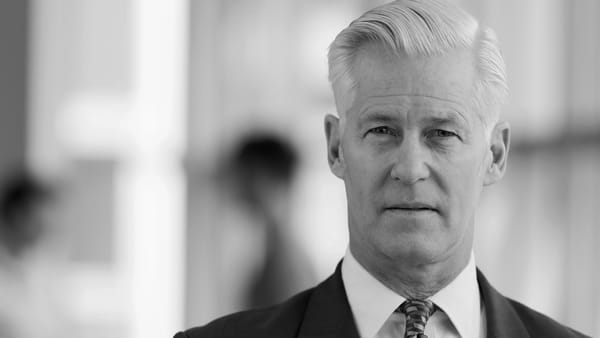Should I Use the ‘Open to Work’ Banner on LinkedIn?
At the executive level, perception is nine tenths of the law. If you're considering using the banner, tread carefully.

Few topics spark as much furious debate on LinkedIn as the 'Open to Work' banner, and the 'loud and proud' proponents garner much support.
The reality is that as a leader, the narrative around why you’re openly available carries significant weight, and people can and do make assumptions, rightly or wrongly.
My view is this: at the executive level, there is far more value in a discrete job search than public displays of availability. The banner tells only one thing: that you’re overtly looking for a job. But it doesn’t allow you to control how people might interpret that, for better or worse.
Are you using the banner because you're struggling to gain traction? Is there a lack of demand for your candidacy? Is it a last resort? None of these interpretations may reflect reality, but they’re questions that arise nonetheless. People speculate.
Your ability to achieve the best compensation hinges on your ability to negotiate from a position of strength. Any indication that you are struggling or lack options can erode that strength. When urgency is on display, the balance of power shifts.
Now, there clearly is a use-case for the banner. Some people want a job urgently and want visibility at any cost. It's also true that some headhunters want to close a deal fast and see immediately available candidates as a quick win. But how favorable will the terms of that deal be?
For executives, discretion doesn’t mean invisibility. Instead, it’s about being strategic and intentional about how you position yourself, manage your narrative and control perception.
Ultimately, the question boils down to the kind of role you’re seeking and the story you want to tell. The 'Open to Work' banner is a shortcut, but shortcuts rarely yield the best outcomes at the executive level. Investing time in a methodical, strategic approach may not feel as immediate, but it gives you full control over your positioning. You’ll be seen as a top-tier candidate, not just a job seeker.
In the end, perception isn’t everything, but it’s close. For those vying for a leadership role, how you manage the optics of your search do matter.





